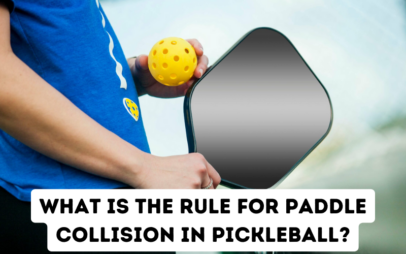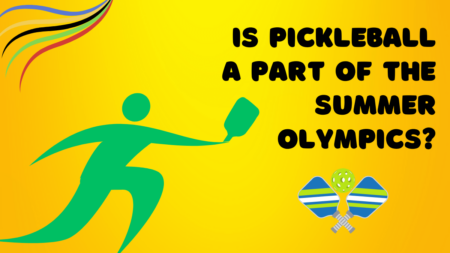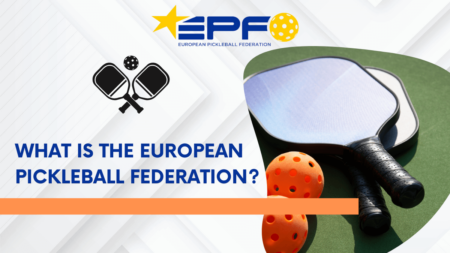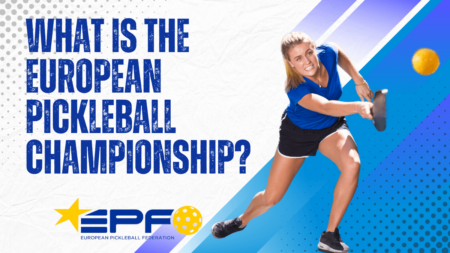

Pickleball is a paddle sport wherein the wiffle ball is hurled back and forth over the net within bounds. The sport requires the players to be absolutely spontaneous with swift reflexes when played at a professional level.
On either side of the net, a 7 feet area is demarcated which is the kitchen or the non-volley zone. A player cannot hit a volley if they are positioned in this area. This makes net play trickier and players find themselves hitting dink shots more often than not to gain control over the opposition. The shot-making intensifies near the net in order to force the error out of the opponent near the non-volley zone.
In a singles match, the proximity of the rallies near the net might result in a player’s paddle make contact with their opponent’s paddle. Even though this is a rare scenario, the rule book states that any such event is called out as hindrance. The player who hit the opponent’s paddle loses a point.
This is better described in Section 4.F.2. by the International Federation of Pickleball which says, “During a volley (i.e., before the ball bounces), if a player intentionally hits the opponent(s) or their paddle with their paddle, it is a fault by the player who hits them.”
One of the rules in the preceding sections (4.D.) also has a mention of teammate paddle contact. This is seen in doubles play, where a player’s paddle makes contact with their partner’s paddle. The rule states that , “A player commits a fault if the player hits his/her partner’s paddle with the paddle before the ball has bounced once.”
If the doubles teammate make contact with their paddle after the ball has bounced, then the point continues if only one paddle has made contact with the ball. Should the wiffle ball make contact with two paddles, the team loses the point immediately.
Thus, the legality of paddle collision in pickleball depends on the bounce of the ball and the intent of the player as per the referee’s discretion.




